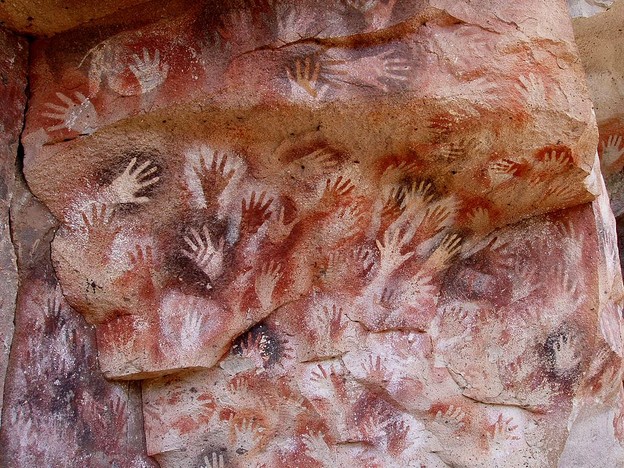What will poetry be in ten thousand years? (5)
Lynn Keller

Post-ecopoetics is a guide for thinking the longevity and durability of the poem in deep time. I have asked a number of poets and scholars to serve as additional guides by asking them to respond to the following questions: “What will poetry be in ten thousand years? If you wrote a poem that you knew would last ten thousand years, how would this impact your writing?”
Each of their responses will be posted as an individual commentary linked to this series.
Like any writing, a poem has an imagined audience. But the poem that would last ten thousand years — who or what would encounter it? And what would they do with it, how process it? Would they have access to the languages we speak and the symbols with which we write? Would human emotions and sensory perceptions be comprehensible to them? All that seems entirely unlikely. But if I were to make the foolish leap of assuming that a poem written now could be “read” by sentient beings in that distant future — the leap, hopeful or arrogant, made by those who created Voyager’s Golden Record — perhaps I would try to convey my sense of what it is like to live in this period of planetary transition. Knowing that the Earth my readers know would differ dramatically from the one I experience, I think I would attempt to convey both the changes now taking place in the biosphere and what it is like to know that those changes are taking place, to know that one’s own species (not by any means all its members, but its most powerful assemblages) has become a force of unspeakable destruction. For this audience in the deep-time future, no fulmination. Instead, part-documentary, part-elegy, part-prayer.
Post-Ecopoetics